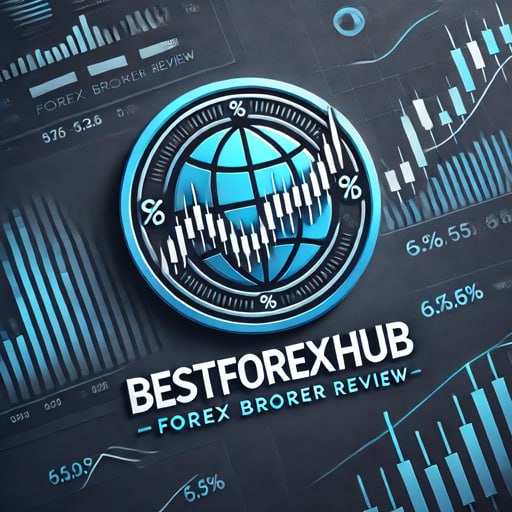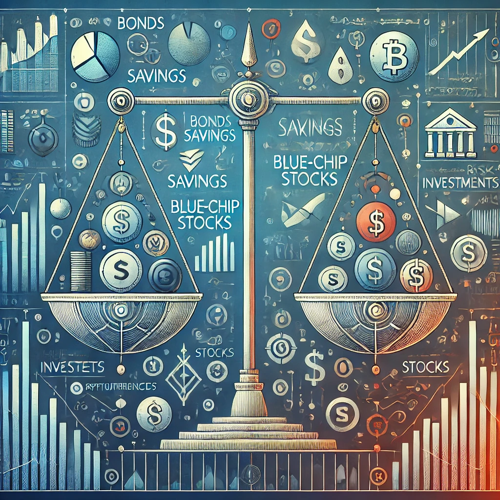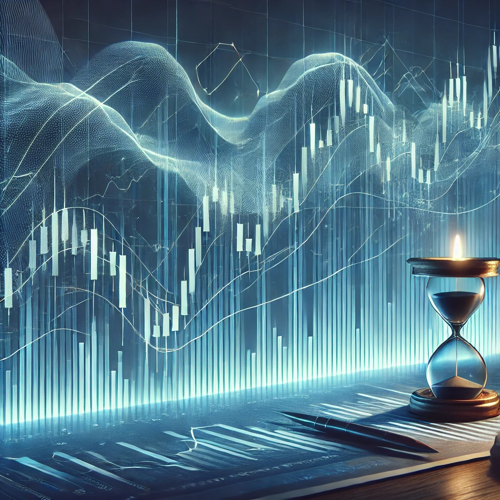What is Logic Behind Trading in Global Currency Market? Learn Trading on Forex Markets. Read More…
The logic behind trading in the global foreign exchange (Forex) market is based on taking advantage of the differences in value between pairs of currencies. When trading in this market, it is important to understand the basic principles and strategies.
Logic Behind Trading. Here is a detailed explanation of the process:
Structure of the Forex Market:
a. Definition of the Market:
The Forex (Foreign Exchange) market is a global financial market where currencies are traded. This market is open 24 hours a day and is used by central banks, financial institutions, governments, corporations and individual investors around the world.
b. Currency Pairs:
Foreign exchange trading is based on exchanging the value of two currencies against each other.
Major pairs: The most widely traded and liquid pairs (e.g. EURUSD, GBPUSD, USDJPY).
Minor pairs: Pairs that fall outside the major currency pairs (e.g. EURGBP, AUDNZD).
Exotic pairs: Pairs that include a major currency and an emerging market currency in addition to the major currency pairs (e.g. USDTRY, EURTHB).
Trading Strategies:
a. Fundamental Analysis:
Fundamental analysis attempts to predict the future movement of currencies by examining a country’s economic situation, political events and other macroeconomic factors.
Economic Indicators: Data such as unemployment rate, inflation rate, interest rates, GDP growth rates are taken into account.
Political and geopolitical events: Events such as elections, political instability, trade agreements also affect the forex market.
b. Technical Analysis:
Technical analysis attempts to predict future price movements by examining past price movements and trading volume.
Charts and Indicators: Price charts use support and resistance levels, trend lines, moving averages and other technical indicators.
Patterns: Chart patterns such as double bottom, head and shoulders and flag patterns are analysed.
Market Participants and Operation:
a. Participants:
Central Banks: They influence exchange rates through monetary policies.
Commercial Banks and Investment Banks: Provide liquidity through foreign exchange transactions.
Corporations: Conduct transactions to hedge foreign exchange risks when trading internationally.
Individual Investors and Traders: They trade in the markets to make profit.
b. Market Functioning:
Market Hours: The forex market is open 24 hours on weekdays. However, the opening and closing of different global centres affects the mobility of the market.
Liquidity: The forex market is the largest and most liquid financial market in the world. This ensures that trading usually takes place at low costs.
Risk Management and Psychological Factors:
a. Risk Management:
Stop-Loss and Take-Profit Orders: Used to limit losses and protect profits.
Leverage: The use of leverage in the Forex market can increase potential gains but can also magnify risks. Leverage should be carefully managed.
Position Size and Margin: The amount of investment and the amount of margin used play an important role in risk management.
b. Psychological Factors:
Emotional Control: Controlling emotional reactions to market movements is the key to being a successful trader.
Discipline and Planning: It is important to follow trading strategies and stick to the plan.
Things to Consider When Buying and Selling:
a. Market Analysis:
Fundamental and Technical Analysis: Conduct comprehensive analysis to understand market trends and price movements.
Data Monitoring: Follow economic calendars and important news to predict how markets will be affected.
b. Strategy and Planning:
Trading Strategy: Create and stick to your personal trading strategies.
Goal Setting: Set your profit and loss targets and act accordingly.
Which Products are Traded on Forex?
Logic Behind Trading. Products traded in the Forex market include various currency pairs, futures, options and other derivative products.
Currency Pairs
a. Major Currency Pairs:
Major currency pairs are the most widely traded and highly liquid pairs worldwide. These are pairs that usually feature the US Dollar. Here are some examples:
EURUSD (Euro/US Dollar): The most traded currency pair. The value of the Euro against the US Dollar.
GBPUSD (Pound Sterling/US Dollar): The value of the Pound Sterling against the US Dollar.
USDJPY (US Dollar/Japanese Yen): The value of the US Dollar against the Japanese Yen.
USDCHF (US Dollar/Swiss Franc): The value of the US Dollar against the Swiss Franc.
USDCAD (US Dollar/Canadian Dollar): The value of the US Dollar against the Canadian Dollar.
AUDUSD (Australian Dollar/US Dollar): The value of the Australian Dollar against the US Dollar.
NZDUSD (New Zealand Dollar/US Dollar): The value of the New Zealand Dollar against the US Dollar.
b. Minor Currency Pairs:
Minor currency pairs are pairs outside of major currency pairs and generally do not include the US Dollar. These pairs may have less liquidity. Examples:
EURGBP (Euro/British Pound Sterling): The value of the Euro against the Pound Sterling.
EURAUD (Euro/Australian Dollar): The value of the Euro against the Australian Dollar.
GBPJPY (Pound Sterling/Japanese Yen): The value of the Pound Sterling against the Japanese Yen.
c. Exotic Currency Pairs:
Exotic currency pairs usually consist of a major currency and the currencies of an emerging or small economy. These pairs usually have higher volatility and spreads. Examples:
USDEUR (US Dollar/Euro): The value of the US Dollar against the Euro.
EURCAD (Euro/Canadian Dollar): The value of the Euro against the Canadian Dollar.
USDSEK (US Dollar/Swedish Krona): The value of the US Dollar against the Swedish Krona.
Foreign Exchange Futures:
Currency futures are contracts to fix the future price of a particular currency pair on a specified date. These transactions are usually traded on futures exchanges and allow investors to hedge or speculate against future changes in exchange rates. Logic Behind Trading.
Examples: USDEUR Futures, GBPJPY Futures.
Call Option: The right to buy a currency pair at a specified price.
Put Option: The right to sell a currency pair at a specified price.
Currency Options: Currency options give investors the right, but not the obligation, to buy (call option) or sell (put option) a specific currency pair at a specified price on a specified date. Options are used to manage risks or profit from price movements.
Call Option: The right to buy a currency pair at a specified price.
Put Option: The right to sell a currency pair at a specified price.
Currency Swaps:
Currency swaps are agreements between two parties that involve the exchange of currencies on a specific date and then the return on another date. It usually involves the exchange of two currencies on two different maturity dates. These transactions are usually intended to provide liquidity and take advantage of interest rate differentials.
Examples: A bank swaps with another bank to meet its short-term foreign exchange needs.
Currency ETFs:
Currency ETFs are exchange-traded funds that invest in a specific basket of currencies. These funds provide investors with returns based on the performance of a particular basket of currencies and are usually traded on the stock exchange.
Examples: UUP (US Dollar Index ETF), FXE (Euro ETF).
Currency Indices:
Currency indices are indicators that measure the value of a specific basket of currencies. These indices allow investors to evaluate overall currency market trends and the performance of specific currencies.
Examples: DXY (US Dollar Index), EURX (Euro Index).
Cryptocurrencies:
In recent years, some forex platforms have started to offer cryptocurrencies as foreign exchange transactions. These products allow cryptocurrencies to be traded as currency pairs.
Examples: BTC/USD (Bitcoin/US Dollar), ETH/USD (Ethereum/US Dollar).
Logic Behind Trading
© 2024 BestForexHub, All Rights Reserved.


